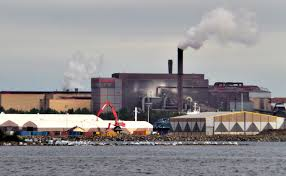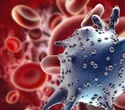Avoiding prostate cancer screening increases risk of death
Men who consistently avoid prostate cancer screening appointments face a disproportionately higher risk of dying from the disease, finds research identifying a new high-risk group. An analysis of data from across seven countries from the world's largest prostate cancer screening study, the European Randomized study of Screening for Prostate Cancer (ERSPC), is presented this weekend at the European Association of Urology (EAU) Congress in Madrid. Prostate cancer is the most common form of cancer in men in 112 countries, with prevalence expected to double by 2040. If introduced on a national scale, prostate cancer screening programmes that measure levels of prostate-specific antigen (PSA) in the blood have the potential to give men earlier access to treatment, a better chance of being cured. They can also prevent costly treatment associated with advanced prostate cancer. Long-term follow-up data from the ERSPC consistently report that PSA screening programmes can lead to a 20% re...




Comments
Post a Comment